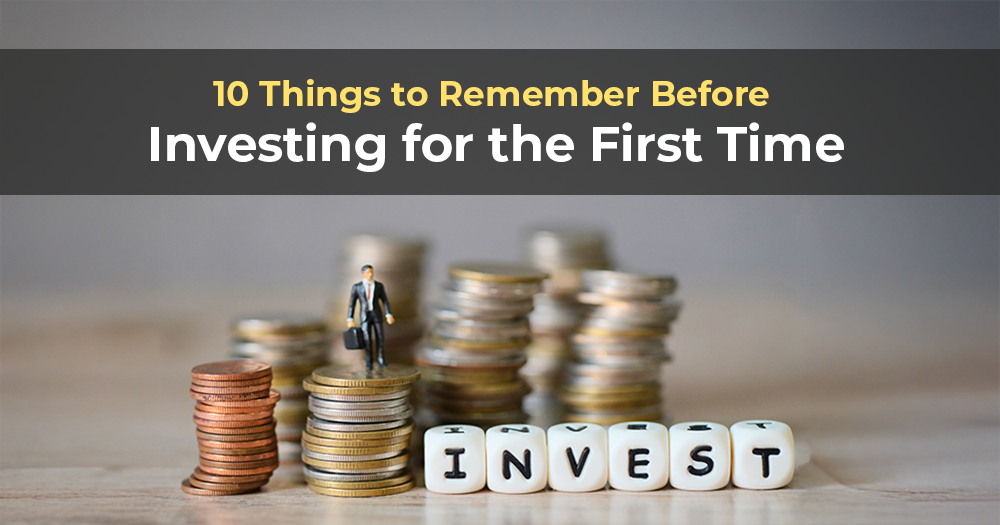As you enter your 40s, it’s time to take a closer look at your finances and start planning for the future. Whether you’re looking to build a strong financial foundation, maximize your retirement savings, or grow your investment portfolio, this guide will provide you with the strategies and tools you need to succeed. Read on to learn how to make the most of your money in your 40s!
Understanding Your Financial Situation in Your 40s
Your 40s are a critical time for building financial stability and security.
This means assessing your current financial status, setting goals for the future, and identifying potential roadblocks and challenges that you may face along the way.
It’s important to remember that everyone’s financial situation is unique, and there is no one-size-fits-all solution. However, there are some general principles that can help guide your financial planning in your 40s.
Evaluating Your Current Financial Status
The first step in creating a solid financial plan is to take stock of your current finances. This includes looking at your income, expenses, assets, and debts. Consider creating a budget to get a clear picture of where your money is going each month.
If you have debt, focus on paying off high-interest balances first. This will help you save money on interest payments and get out of debt faster. Additionally, consider consolidating your debt with a personal loan or balance transfer credit card to reduce your interest rates.
It’s also important to review your insurance coverage, including health, life, and disability insurance. Make sure you have adequate coverage to protect yourself and your family in case of unexpected events.
Setting Financial Goals for the Future
Once you’ve evaluated your current financial situation, it’s time to set goals for the future.
This may include saving for a down payment on a house, paying for your child’s college education, or building a retirement nest egg.
Start by creating a timeline for each of your goals and determining how much money you’ll need to achieve them. Then, make a plan to save or invest the required funds. Consider automating your savings by setting up direct deposits or automatic transfers to your investment accounts.
When it comes to retirement planning, it’s important to take advantage of financial instruments such as NPS. These can help boost your retirement savings.
Identifying Potential Roadblocks and Challenges
As you work towards your financial goals, it’s important to anticipate potential roadblocks and challenges along the way. This may include unexpected expenses, market downturns, or changes in your personal circumstances, such as job loss or illness.
To prepare for these surprises, build an emergency fund with at least three to six months’ worth of expenses. This will provide a safety net for unexpected expenses and allow you to weather financial storms without derailing your progress towards your goals.
It’s also important to regularly review and adjust your financial plan as needed. Life is unpredictable, and your financial situation may change over time. By staying flexible and adaptable, you can continue to make progress towards your financial goals and build a secure financial future.
Building a Strong Financial Foundation
Creating a strong financial foundation is crucial for achieving long-term financial stability and success.
In today’s fast-paced world, it’s important to have a plan in place to deal with unexpected expenses and emergencies that may arise. A solid financial foundation can help you weather financial storms without derailing your progress towards your goals.
Creating an Emergency Fund
An emergency fund is a savings account that is set aside for unexpected expenses, such as medical bills or car repairs. Aim to save at least three to six months’ worth of expenses in your emergency fund. This will provide a safety net for unexpected expenses and allow you to focus on your other financial goals without worrying about unforeseen expenses.
It’s important to note that an emergency fund should not be used for discretionary spending or non-essential expenses. It should be reserved for true emergencies that cannot be covered by your regular income or other savings.
Paying Off High-Interest Debt
If you have high-interest debt, such as credit card balances or personal loans, it’s important to focus on paying these off as quickly as possible. High-interest debt can be a major drain on your finances and make it difficult to achieve your other financial goals.
Consider consolidating your debt with a personal loan or balance transfer credit card to reduce your interest rates. This can help you save money on interest payments and pay off your debt faster. Additionally, avoid taking on new debt unless it’s absolutely necessary.
Remember, paying off your debt is not only good for your finances, but it can also improve your credit score and make it easier to qualify for loans and credit in the future.
Diversifying Your Income Streams
Diversifying your income streams can be a great way to build financial stability and resilience. In today’s economy, it’s important to have multiple sources of income to protect yourself against unexpected job loss or economic downturns.
Consider your skills, interests, and passions when looking for ways to diversify your income. This may involve starting a side hustle, freelancing, or creating passive income through investments or rental properties. You may also want to consider taking on part-time work or finding ways to monetize your hobbies or talents.
It’s important to balance the time and resources required for each income stream with the potential returns. Make sure to prioritize your primary source of income and avoid taking on too much at once.
By creating an emergency fund, paying off high-interest debt, and diversifying your income streams, you can build a strong financial foundation that will help you achieve your long-term financial goals.
Investing in Your 40s
Investing in your 40s can be a smart move to grow your wealth and achieve your financial goals.
Your 40s can be a time of significant financial growth, and investing can help you make the most of your earning potential. However, it’s important to approach investing with a clear strategy and an understanding of your risk tolerance.
Understanding Your Risk Tolerance
Before investing, it’s important to understand your risk tolerance. This refers to the degree of risk you’re willing to take on in pursuit of higher returns. Generally, younger individuals can afford to take on more risk, as they have more time to recover from market downturns. However, as you approach retirement age, it may be wise to shift your investments to less risky options.
Consider working with a financial advisor to determine your risk tolerance and develop an investment strategy that aligns with your goals and values. A financial advisor can help you understand the risks and benefits of different investment options and create a plan that balances risk and reward.
Diversifying Your Investment Portfolio
Diversification is key to reducing investment risk and maximizing returns. This involves investing in a variety of asset classes, such as stocks, bonds, and real estate, to spread out your risk. By diversifying your portfolio, you can minimize the impact of any one investment on your overall returns.
Consider investing in low-cost index funds or ETFs that track broad market indices, as these can provide broad diversification with low fees. Additionally, regularly rebalance your portfolio to maintain your desired level of diversification. This can help you stay on track with your investment goals and adjust your strategy as your financial situation changes.
Exploring Alternative Investment Opportunities
Beyond traditional stocks and bonds, there are many alternative investment opportunities that can provide higher returns and diversification. This may include investing in real estate, private equity, or commodities. Alternative investments can be an excellent way to diversify your portfolio and achieve higher returns, but they can also be more complex and risky than traditional investments.
When exploring alternative investment opportunities, it’s important to do your research and work with a professional to ensure you’re making informed decisions. Consider working with a financial advisor or investment professional who has experience with alternative investments and can help you navigate the complexities of these investments.
Investing in your 40s can be a smart move to grow your wealth and achieve your financial goals. By understanding your risk tolerance, diversifying your investment portfolio, and exploring alternative investment opportunities, you can create a strategy that aligns with your goals and helps you achieve financial success.
Conclusion
Your 40s are a critical time for building financial security and setting the stage for a comfortable retirement. By understanding your financial situation, building a strong foundation, maximizing your retirement savings, and investing wisely, you can make the most of your money and achieve your long-term financial goals. Remember to stay focused, stay informed, and stay disciplined – your future self will thank you!








